#empress dowager cixi
Explore tagged Tumblr posts
Text

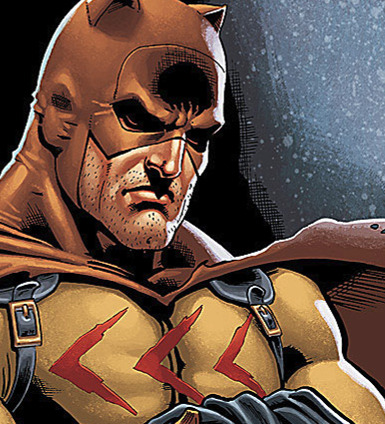

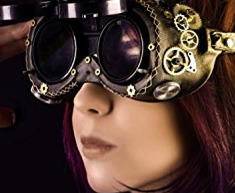
Propaganda
Lorgar Aurelian: No Propaganda Submitted
Catman: No Propaganda Submitted
Empress Dowager Cixi: One of the central characters of the show. Apparently it's seen as a relatively sympathetic portrayal of her, but she does come across as a villainous figure especially in her power struggle with her nephew the Guangxu Emperor and the Hundred Days Reform
Penelope Akk: she never actually meant to become a villain at all! She fought a sidekick that was a jerk and got branded as a villain alongside her teammates ray viles and Claire lutra, they became the inscrutable machine; Bad Penny, Reviled, & EClaire. They tried to turn good but ended up being so good at being villains they decided to roll with it as none of the adult superheroes could take them down. Bad Penny is a mad scientist whose inventions are ridiculously powerful and she barely understands her powers herself but she is one of the best mad scientists ever seen in their universe surpassing Tesla and Einstein in most impressive inventions created on their scale of measurement
#villain protagonists tournament#lorgar aurelian#horus heresy#warhammer 40k#catman#secret six#empress dowager cixi#towards the republic#penelope akk#please don't tell my parents i'm a supervillain#pdtmp
17 notes
·
View notes
Text
Westerners preach the "love of God" and "love of man", and they seem really to believe it. And yet they wage wars with gunboats and cannons to conquer people by force, as well as imposing opium, a poison worse than plague, on the Chinese — all for profit. It looks as though the love of God is less real than the love of profit.
Zhigang (志刚), Qing Dynasty official.
#source: Record of the Western Mission#source: Jung Chang#empress dowager cixi#Zhigang#qing dinasty#china#chinese#christianity#christianisme#opiods#opios#wars#conflicts#profits#jung chang#book quotes#quotes#cixi#Record of the Western Mission#西使记#opium war#opium
2 notes
·
View notes
Text
10 notes
·
View notes
Text
do you guys remember that leader of that big country who was known for embezzlement, nepotism (particularly of incompetent officials), and general hatred of foreign powers?
but are we talking about empress cixi or donald j trump
1 note
·
View note
Text

Empress Dowager Cixi and Four Imperial Physicians by Huang Zhongyang (黄中羊)
0 notes
Text
❁ Yin Tao as Mrs Zhang in Firmament of the Pleiades







#yin tao#madeintrina#firmament of the pleiades#firmament of the pleiades (2010)#mrs zhang#qing dynasty#empress dowager cixi#guangxu emperor#cdramaedit#perioddramaedit#gifshistorical#guzhuangappreciation#discovering yin tao was in a qing drama was like christmas for me
1 note
·
View note
Link
Empress Dowager Cixi was a Manchu noblewoman of the Yehe Nara clan who effectively controlled the Chinese government in the late Qing dynasty as empress dowager...
Link: Empress Dowager Cixi
0 notes
Text
The origins of the Penn Museum's crystal ball, both the location where the crystal was mined, and the place where the sphere was polished, are unknown. It was purchased in 1927 from The Far East Shop, a fine arts division specializing in objects made of special gems inside the Wanamaker's department store in Philadelphia. It was given as a gift to the Penn Museum in memory of George Byron Gordon, the director of the museum at the time, who had recently passed away. It came with the name "Dowager Empress" attached to it, named after the Empress Dowager Cixi who ruled over China's last Dynasty. However, no evidence has ever come to light that connects the sphere with the Empress, or any other account of the sphere's origins. The silver stand, in the shape of a wave, was made in Japan, and may have been made to order after the sphere was purchased.
It is the fourth largest crystal sphere in the world, with a diameter of 25.4 cm, and weighing 49 lbs. Two spheres in the Smithsonian (32.7 cm) and (27.6 cm) and the Crow Collection in Dallas (28.9 cm) are larger.
The sphere is not made of glass, but rather from a naturally-occurring crystal of pure quartz, and was shaped into a sphere through years of constant turning in a semi-cylindrical container filled with abrasive powders and water.
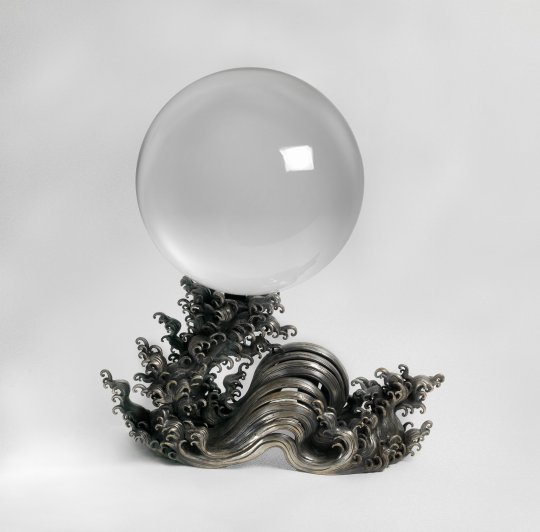

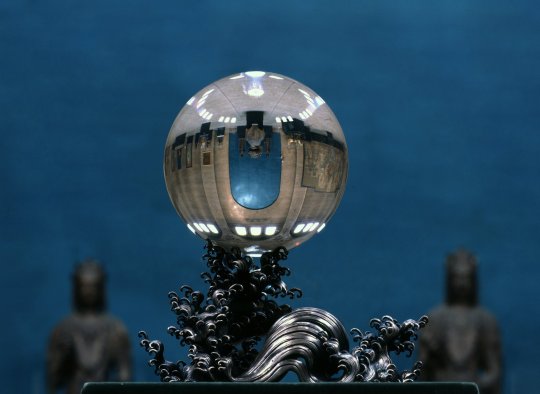
▪︎ Crystal Ball.
Place of origin: China
Period: Qing Dynasty
Date: 19th century
Medium: Rock Crystal
#history#museums#qing dynasty#china#usa#japan#pennsylvania#philadelphia#penn museum#wanamaker's#george byron gordon#empress dowager cixi#quartz
327 notes
·
View notes
Text

0 notes
Text

#caricature#ai#art#digitalart#aiart#humor#funny#empress dowager cixi#funny caricature#exaggerated features
0 notes
Text

#underground chamber#ai#shadowy figures#dark aesthetic#chinese history#digitalart#illustration#historical figure#art#empress dowager cixi#aiart
0 notes
Text

Note: Character does not have to be the main protagonist, just a protagonist. Can be any kind of villain, including (but not limited to): just straight up evil, former and "because the narrative says so" villains.
Submissions for this tournament are still open, I'm just getting as many prelims out of the way as I can before they close.
Propaganda: One of the central characters of the show. Apparently it's seen as a relatively sympathetic portrayal of her, but she does come across as a villainous figure especially in her power struggle with her nephew the Guangxu Emperor and the Hundred Days Reform
0 notes
Text

0 notes
Text

#skyscrapers#ai#empress dowager cixi#aiart#digitalart#neon lights#cityscape#historical figure#art#urban life
0 notes
Text
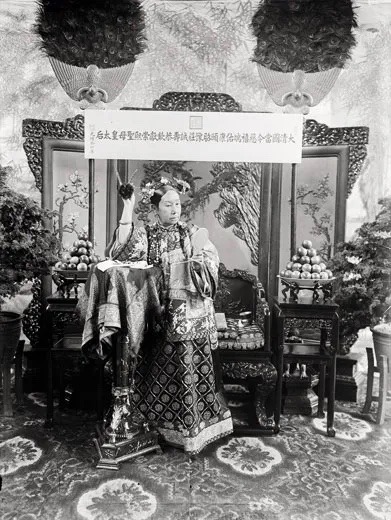
The photographs of the Empress Dowager Cixi taken by Xunling are more Western than Eastern in style. Freer and Sackler Galleries, SI
1 note
·
View note
Text

Empress Dowager Cixi
Chinese vintage postcard
#postcard#carte postale#chinese#vintage#empress#postkarte#photography#dowager#postkaart#photo#tarjeta#briefkaart#historic#cixi#postal#ansichtskarte#sepia#ephemera
16 notes
·
View notes